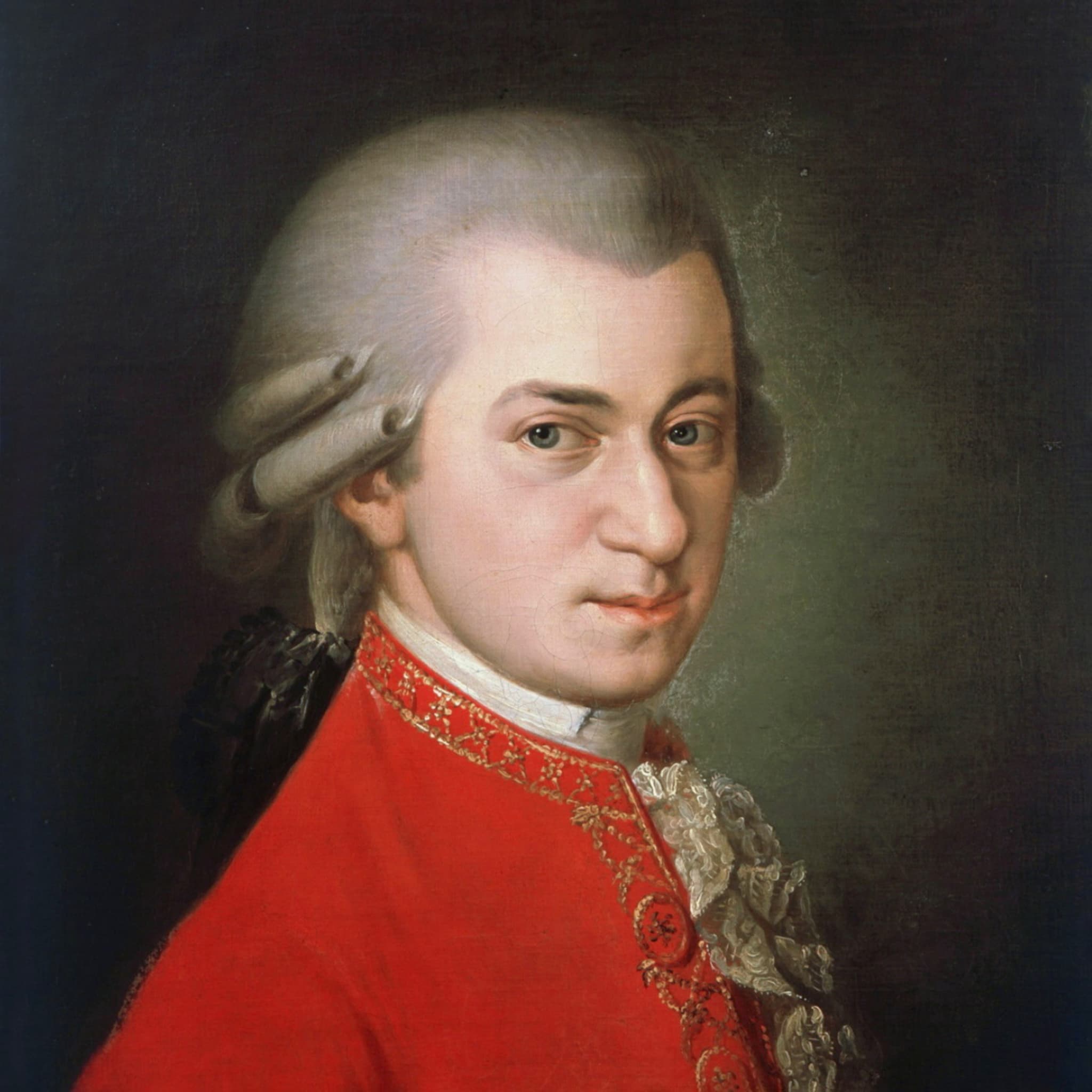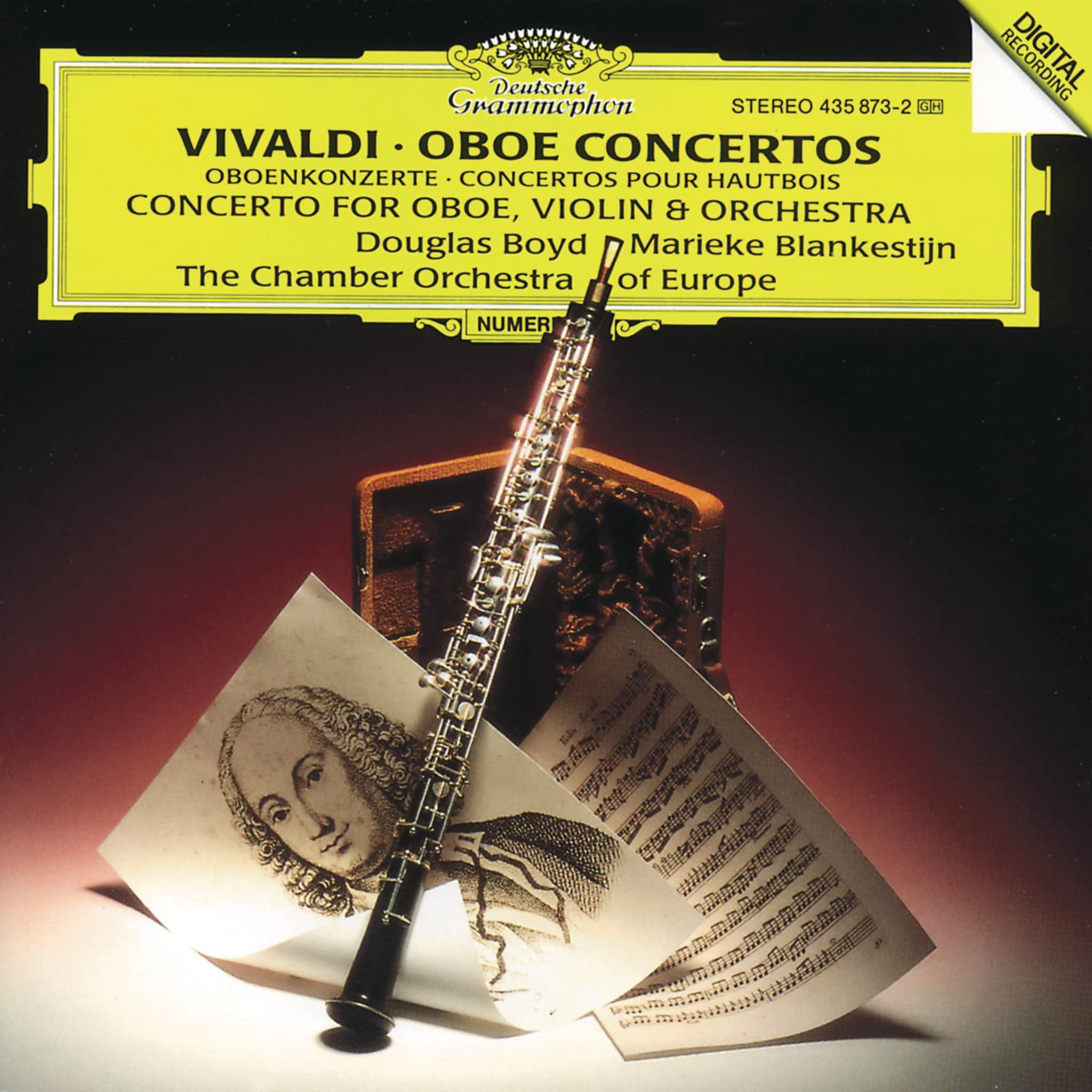Album insights
In medieval times, the Provençal Domna symbolized an unattainable lover or noble benefactress, embodying beauty and courtly grace beyond her adoring, lovelorn knights. Women faced extreme discrimination despite their revered status as romantic muses. Figures like Eleonore of Aquitaine, ruling Poitiers from 1170, elevated Troubadour lyricism, empowering women in territorial rights. Among troubadours and trobairitz, Countess de Die's poignant composition "A chantar m’er de so qu’ieu non volria" stands out with raw emotion, reflecting tales of unfaithful love. Eleonore's influence extended to her children, fostering a blend of Trouvères and Troubadours musical styles in France's courts. After the Albigensian Crusade, courtly love lyrics spread across European realms, seen in Martin Codax's Cantigas de amigo poems, reflecting women's perspectives in simple yet vivid melodies. Cropping up in the 13th century, these songs evoke a damsel pining for her love, a theme intersecting popular forms. The domain of medieval performance practices requires modern interpreters to blend historical context with imaginative flair, as seen in musical selections influenced by the era's theoretical texts and continued musical traditions. Galician song tradition showcases a musical era shrouded in mystery, inviting performers to infuse these poetic melodies with emotional depth and historical authenticity using period-appropriate instruments. Quirks of performance practices remain elusive, with scant sources on Galician song interpretation, spotlighting instruments like the harp and frame drum traditionally used in regional music. Evident in the "Manuscrit du Roi," a manuscript pertained in Paris' Bibliothèque Nationale, these melodies, including Dansa and Estampies, offer a glimpse into medieval musical evolution.









